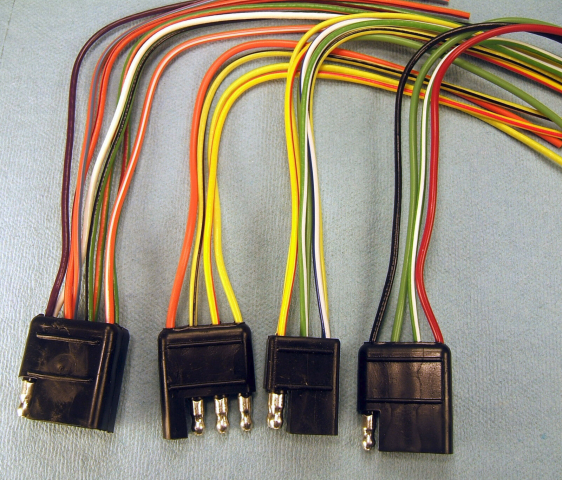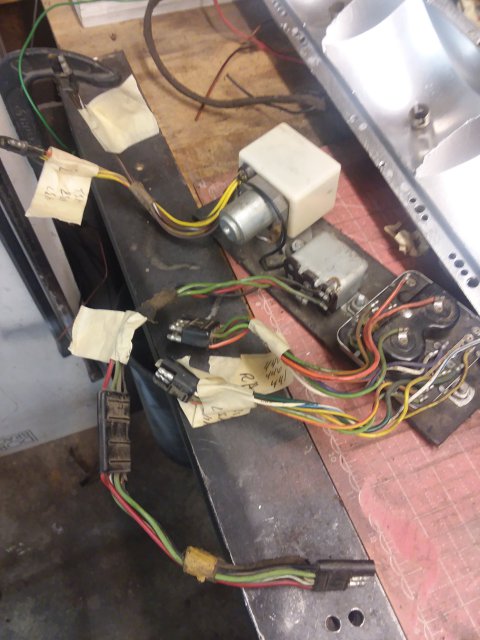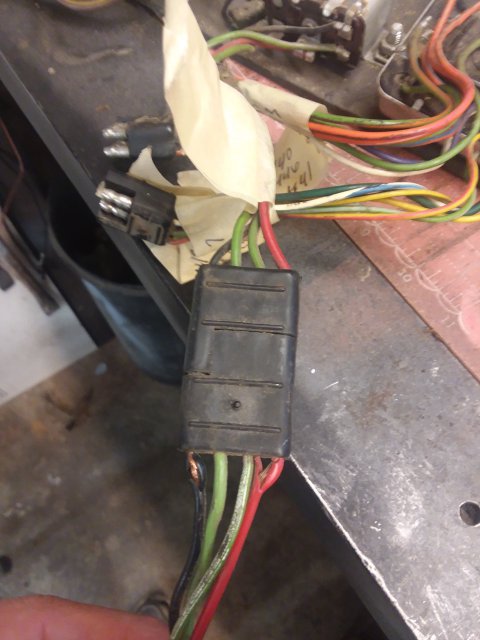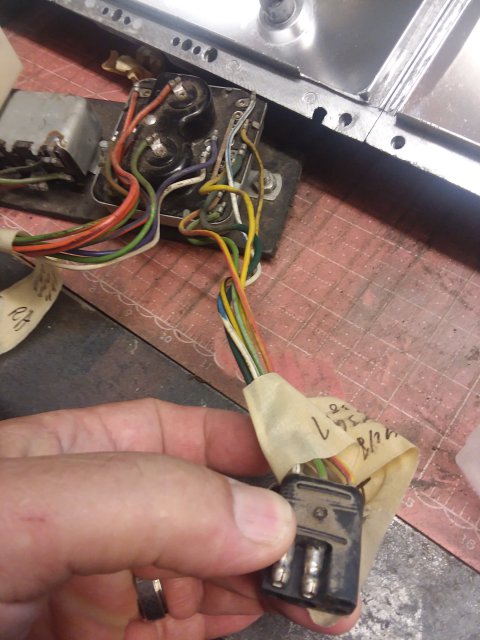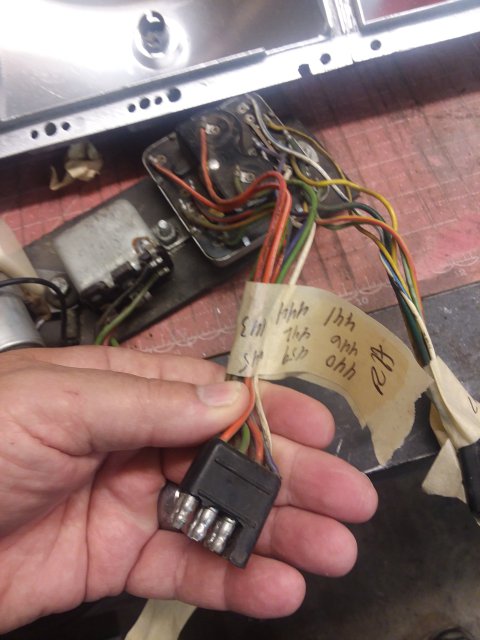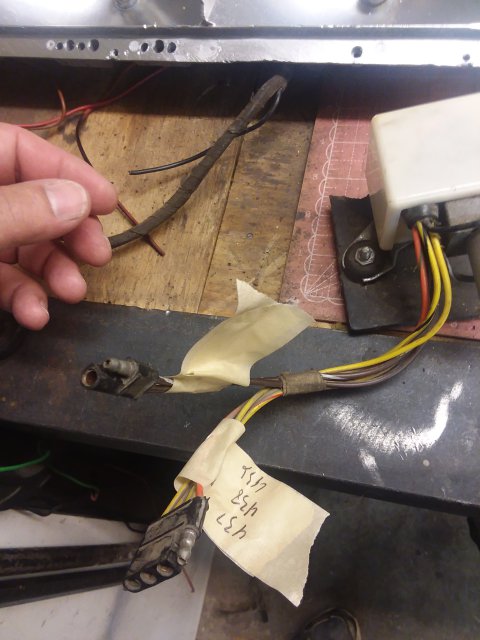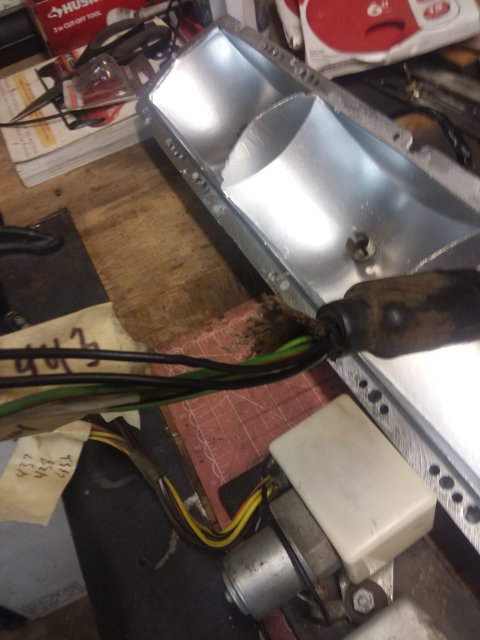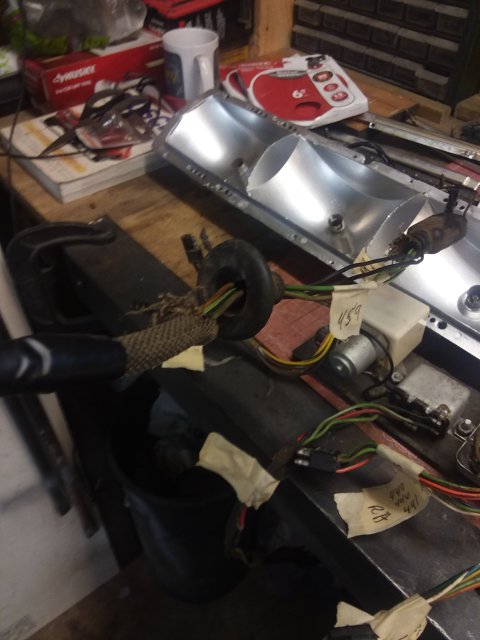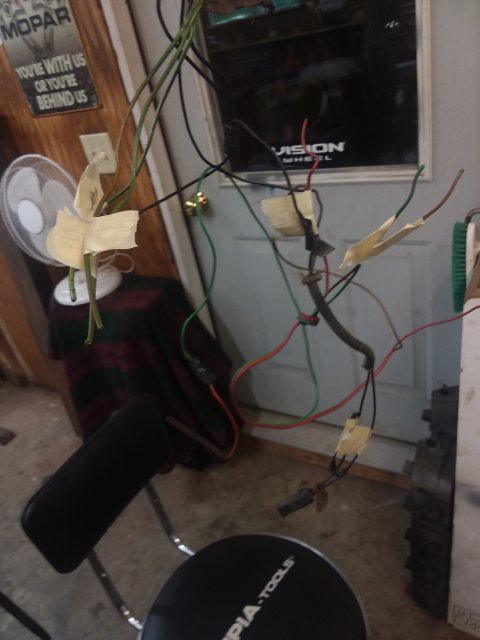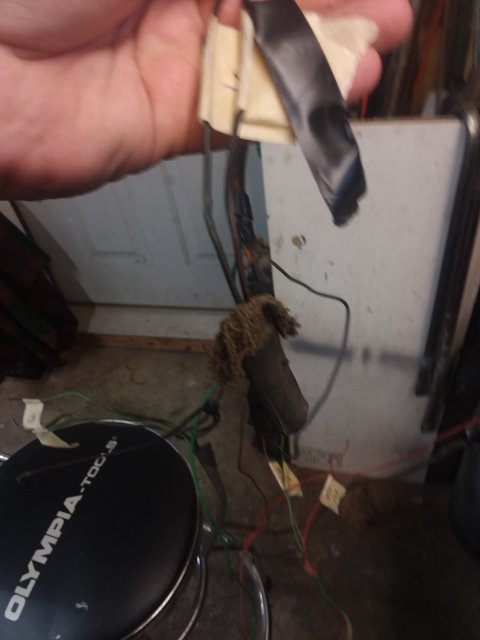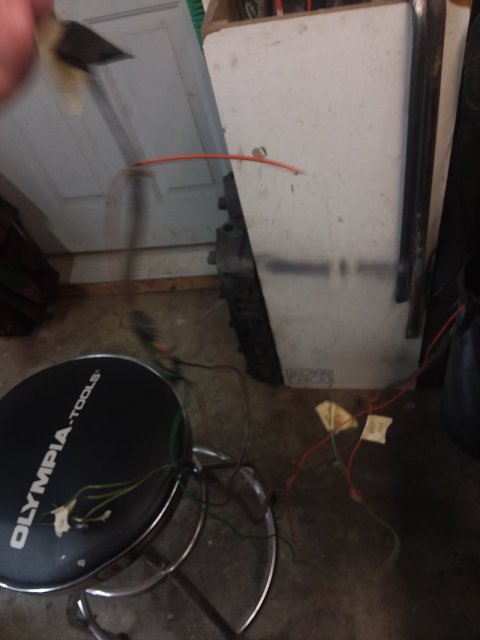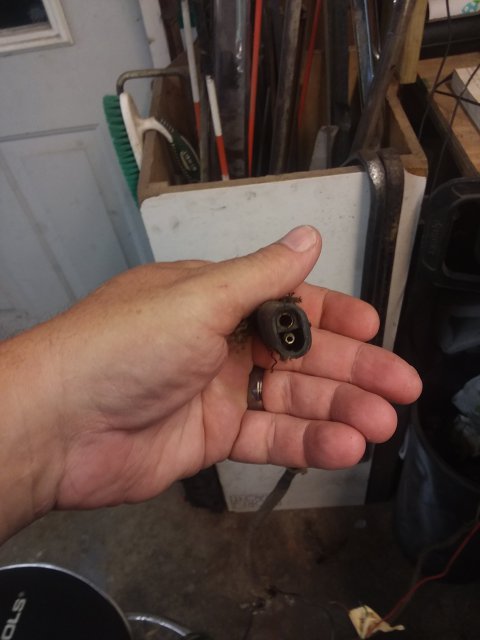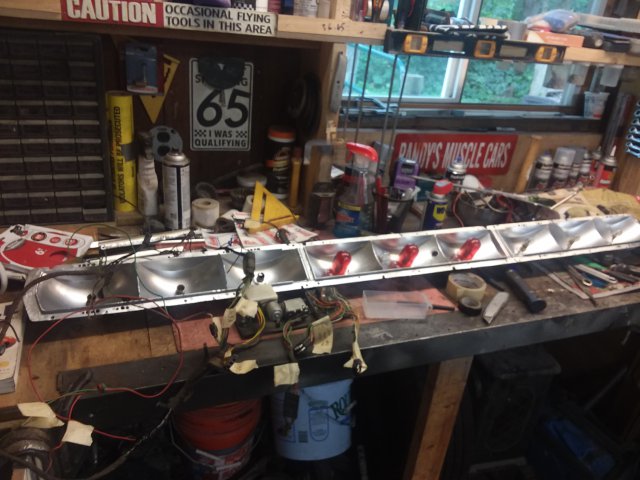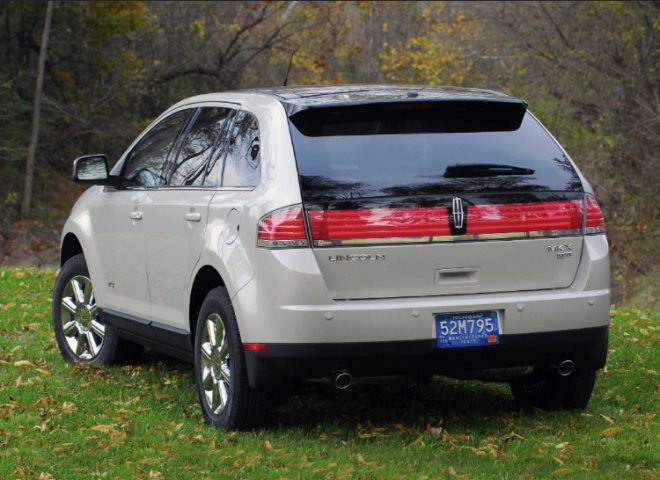Ghostrider 67
Click here to upgrade
- Last seen
- Joined
- Sep 14, 2017
- Thunderbird Year
- 1966
Hello all,
I have a 1966 T Bird tail light system with the rubber patch holding the sequencer, relay and switch, and the old harness that is in poor shape. It's in three pieces and mostly untaped from the factory wrappings. One end has been cut through and I think i'm missing some connectors with pins. I have all 9 of the bulb sockets. What I need is a definitive photo of what the entire tail light harness is supposed to look like. What plugs into what? What plugs into the three units bolted to the rubber plate.
I have the schematics and have figured out the numbers on the wires and the color codes.
Okay, now, here's the kicker, don't be mad..lol...this unit isn't in a 1966 T Bird. It's in the tail end of my 1967 Dodge Coronet 500. Yes, you read that right. So, what will do is run forwards with the wiring to the turn signal switch and stop light switch. Also to the front park/ turn signals.
I just have a mess right now on the table of un taped wiring and miss matched plug ends.
Help please!
I have a 1966 T Bird tail light system with the rubber patch holding the sequencer, relay and switch, and the old harness that is in poor shape. It's in three pieces and mostly untaped from the factory wrappings. One end has been cut through and I think i'm missing some connectors with pins. I have all 9 of the bulb sockets. What I need is a definitive photo of what the entire tail light harness is supposed to look like. What plugs into what? What plugs into the three units bolted to the rubber plate.
I have the schematics and have figured out the numbers on the wires and the color codes.
Okay, now, here's the kicker, don't be mad..lol...this unit isn't in a 1966 T Bird. It's in the tail end of my 1967 Dodge Coronet 500. Yes, you read that right. So, what will do is run forwards with the wiring to the turn signal switch and stop light switch. Also to the front park/ turn signals.
I just have a mess right now on the table of un taped wiring and miss matched plug ends.
Help please!



